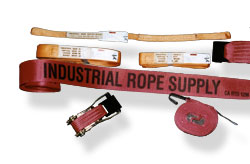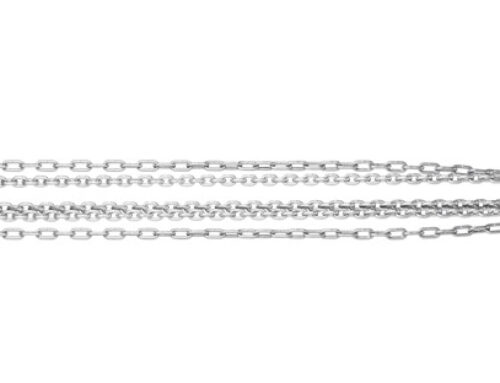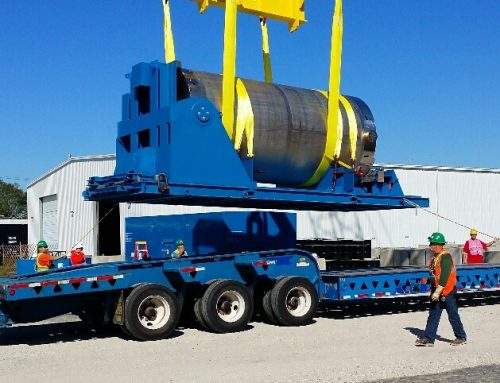Many people are confused by whether a forged or cast product, part, or material is better to utilize. The truth is, it really varies on application.
What is Casting?
Casting is the process where metal is heated until molten. While in the molten or liquid state it is poured into a mold or vessel to create a desired shape. The solidified part is also known as a casting, which is ejected or broken out of the mold to complete the process.
Metal casting is the most common of casting processes, but other processes include plaster, concrete, or plastic resin.
The advantages of casting include:
- No upper size limit in casting weight
- Large range of alloy choices
- As forgings remain more solid, custom alloys are far more difficult to get into production. With casting, alloys including Chrome, Nickel and Moly can be added during the molten stage of the process to allow for strength customization.
- Tooling is often less expensive than forge dies (definition in What is Forging? section)
- Smaller production runs required
- Complicated/complex parts are not a problem
What is Forging?
Forging is the application of thermal and mechanical energy to steel billets or ingots to cause the material to change shape while in a solid state. The blows to the product are delivered with a hammer (often a power hammer) or a die, which is a specialized tool used in manufacturing industries to cut or shape material using mostly a press.
Forging can produce a product that is far stronger than an equivalent cast part. As the metal is being shaped during forging, the internal grain of it deforms to follow the general shape of the part being forged. As a result, the grain is evenly continuous throughout the part, giving rise to a piece with improved strength qualities.
The advantages of forging include:
- Generally tougher than the alternatives
- Handles impact better than casting parts
- The nature of forging excludes the occurrence of porosity (amount of space between particles in a material), shrinkage, cavities and cold pour issues.
- The tight grain structure of forgings makes it mechanically strong, bringing less need for expensive custom alloys to attain high strength characteristics.
- The tight grain structure offers great wear resistance.
What you need to know about Forged or Cast load ratings
In short, Cast or Malleable do not have a load rating. Forged materials have a rating that can be quantified.
Still have questions about Forged or Cast parts? Contact us today for more information!




